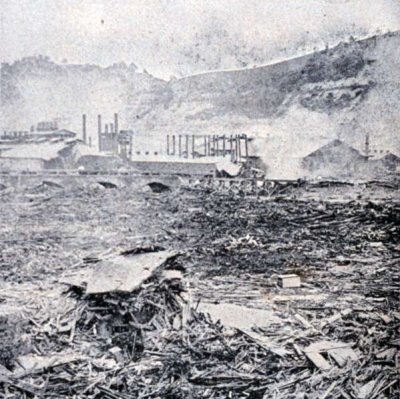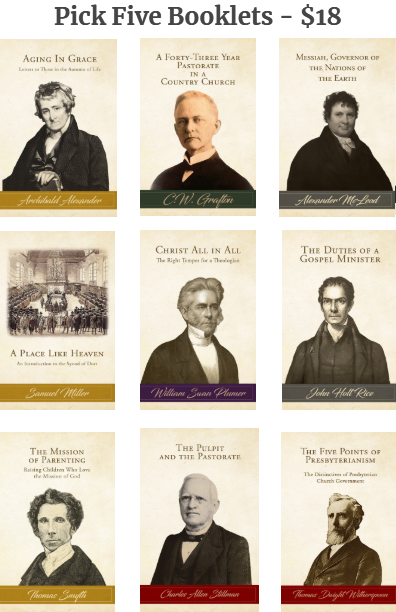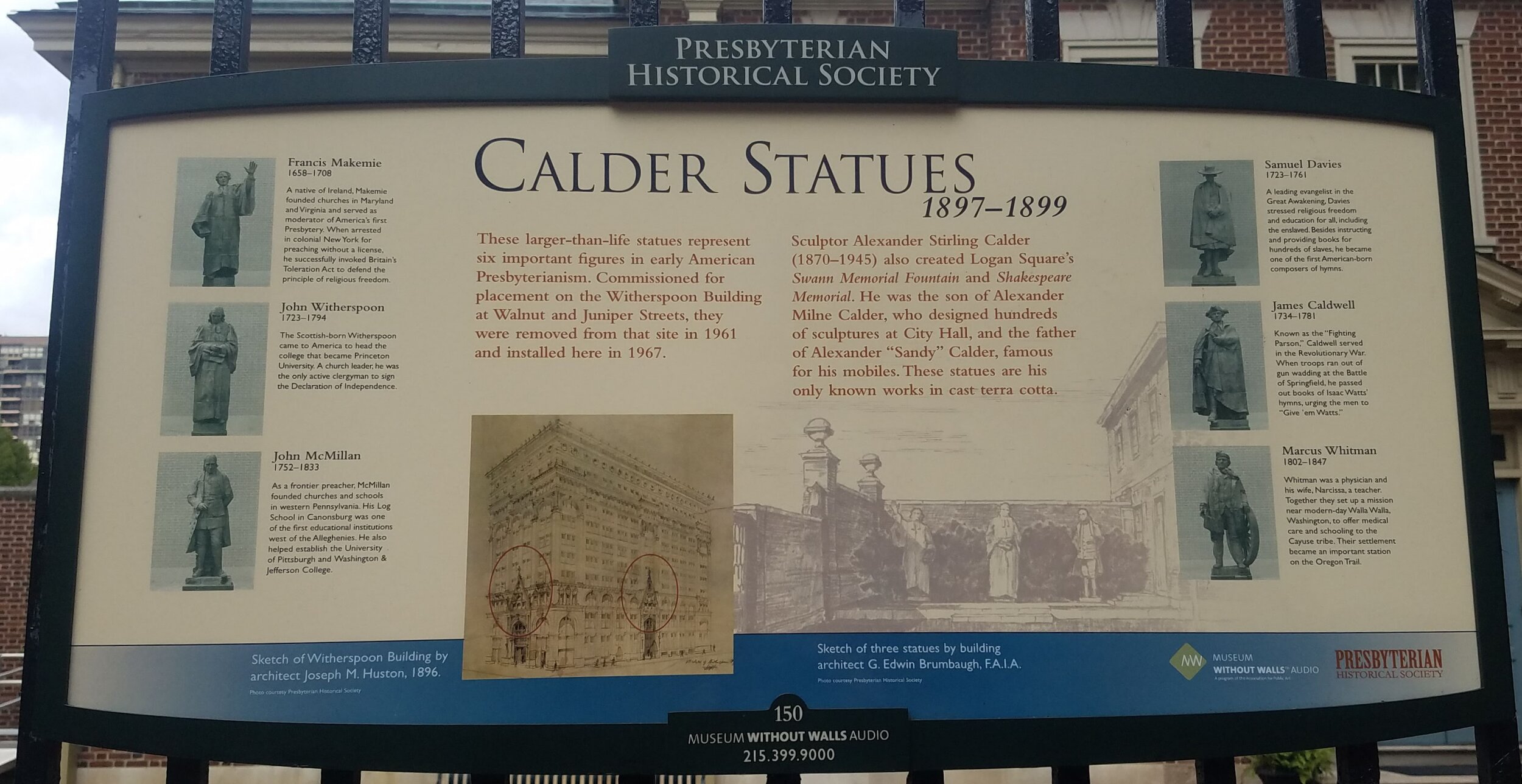"By his mother's side, Dr. Witherspoon traced an unbroken line of ministerial ancestry through a period of more than two hundred years, to the celebrated John Knox, the great Scotch Reformer." — Ashbel Green, The Life of the Rev'd. John Witherspoon, D.D., LL.D. (1973), p. 26
Ashbel Green wrote a manuscript biography of John Witherspoon — who was both President of the College of New Jersey and the only minister to sign both the 1776 Declaration of Independence and the 1781 Articles of Confederation — which was not published until 1973, when it was edited by Henry Lyttleton Savage, Archivist Emeritus of the Princeton University Library. The volume from which we quote was once owned by Witherspoon scholar L. Gordon Tait. Both Ashbel Green's own footnote to this particular claim — that between John Witherspoon and John Knox there was a direct chain of ministers from one generation to the next — and Savage's appendix on the matter, give great credence to this very notable, but controversial, connection. Green also asserts that Witherspoon's descent from Knox comes through Knox's son-in-law, John Welsh, who was another of the great firebrand preachers of Scotland.
John Knox, William Holl
Varnum L. Collins remarks that the claim is "unproven" (President Witherspoon: A Biography, Vol. 1 [1925], p. 5), and he is not the only Witherspoon scholar to say so — L. Gordon Tait uses the same word to summarize his view in The Piety of John Witherspoon: Pew, Pulpit, and Public Forum (2001), p. 2. Savage does grant "a precise line of descent from Knox to Witherspoon has up to this time remained vague, [yet] the descent, as we shall see, cannot be gainsaid." However, part of Collins' argument is "that President Witherspoon himself does not appear to have ever claimed descent from the Reformer." Not only does Savage in his appendix cite Rev. Thomas Walker of Dundonald, Witherspoon's maternal uncle, who wrote of that ancestry (A Vindication of the Discipline and Constitutions of the Church of Scotland [1774], p. 379), which leads to the reasonable supposition that he or another of that generation would have discussed the matter with Witherspoon, but he also quotes Thomas M'Crie the Elder who claims that Witherspoon's son-in-law, Samuel Stanhope Smith, as a source of authority that Witherspoon did indeed claim descent from John Knox through Mrs. John Welsh. Savage provides an incorrect page number [306] but M'Crie's quote is found in Life of John Knox (1831), p. 356:
"The celebrated Dr Witherspoon, minister of Paisley, and afterwards president of the college of New Jersey, in America, was a descendant of our Reformer: and, according to the information of Dr Samuel Stanhope Smith, his son-in-law, and successor in the presidency, traced his line of descent through Mrs Welch."
The case for the Knox-Witherspoon connection is further strengthened by additional genealogical research cited by Savage, but he concludes his argument again hearkening to Smith's claim, quoted by M'Crie:
"M'Crie may have derived this information at second hand, or from correspondence with Stanhope Smith. In any case M'Crie's acceptance of the Knox-Witherspoon relationship is based on Smith's statement, who had it directly from Witherspoon's lips.
It may be said that Witherspoon was misinformed about his forefathers. But the Scots are well known to be zealous about family relationships and genealogy. It hardly seems likely that Witherspoon could have been ignorant about his own.
I accept Green's statement without qualification. President Witherspoon not only claimed descent from the Reformer, but told his son-in-law that he did so."
Thus, it seems to this writer, that there is a strong case to be made that John Witherspoon traces his direct descent from John Knox and through John Welsh as well. All of which, if correct, is but a remarkable instance of God's providential hand in history, in one family which so greatly influenced the history of Scotland, America and the world.



































